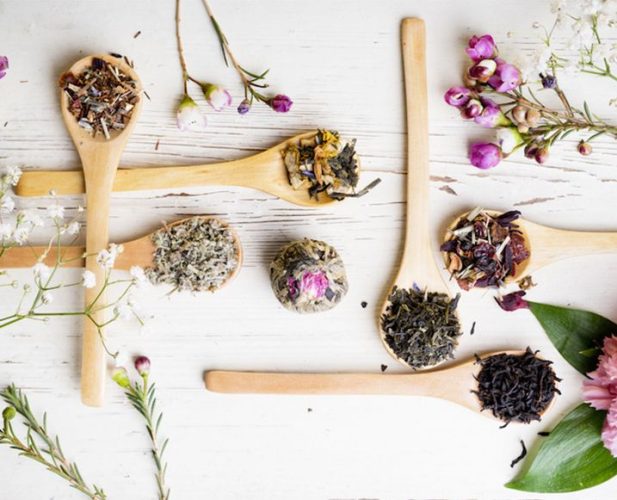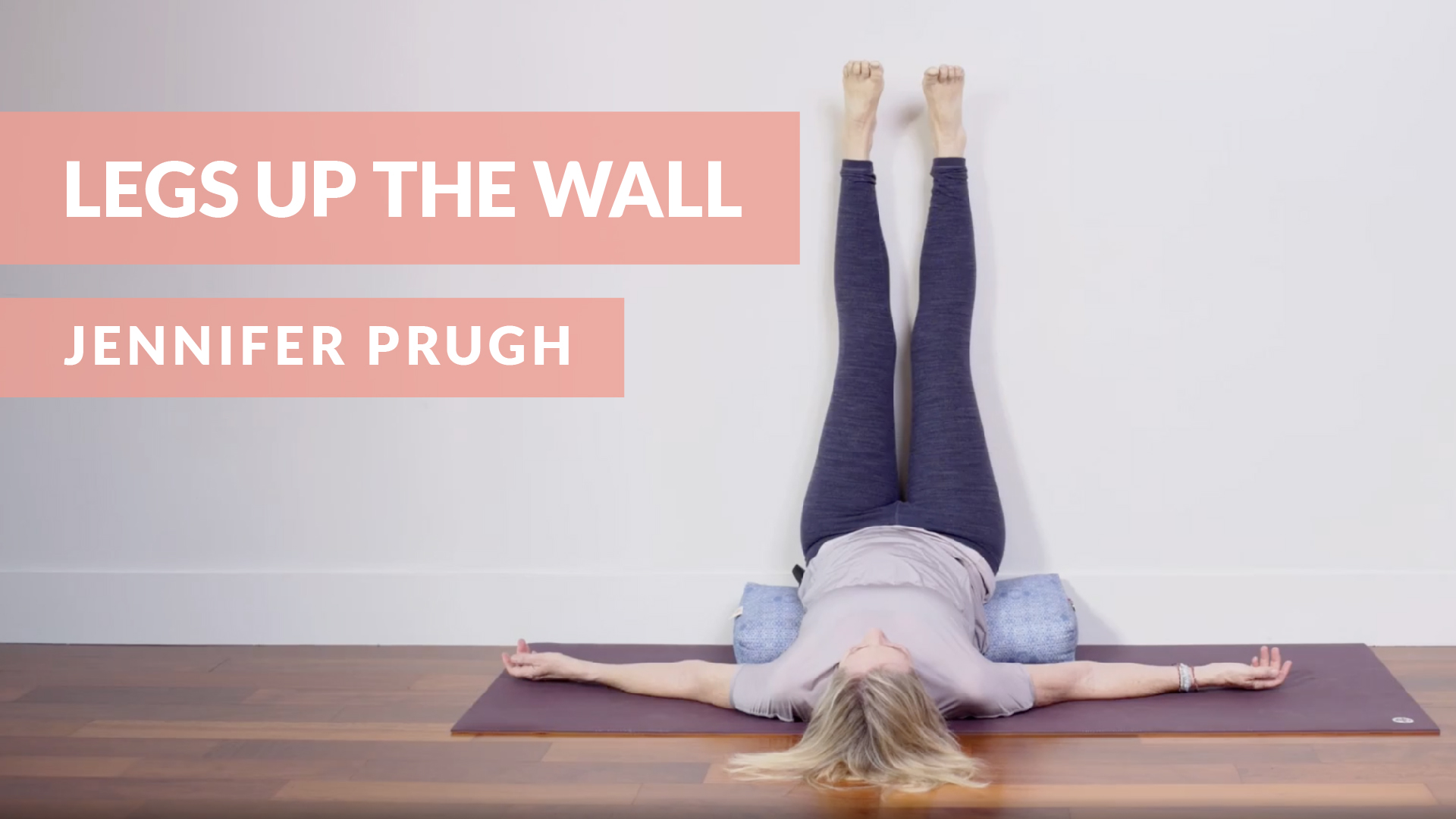It’s a new year, a new decade even. The hustle and bustle of the holiday season is over, (well, almost: the Chinese New Year is on January 25th). It’s a time for new beginnings, projects, habits, and resolutions. Yet, over the years, in my clinical practice and classes, I have seen that most people need a period of constructive recovery time in the first few weeks of the year. Even with the best of intentions for self-care through the holidays, travel, gatherings, feasts, end-of-year deadlines, and winter weather all take its toll. So, how do you start the new year with more energy, greater vitality, and more clarity of mind, body and heart? Thankfully, the ancient wisdom of both Ayurveda and yoga offer time-tested remedies we can draw from to start the new year with more energy, greater vitality, and more clarity of mind, body and heart.
Digestion
Let’s start with digestive issues. Modern science is discovering what Ayurveda has always taught: gut health is key to overall health. Agni (the Sanskrit word for digestive fire and power) is to be tended carefully (like a fire!) to ensure digestive health, as well as build healthy tissues, balanced hormones, and a peaceful mind and heart. Here are some basic tips to improve digestion, assimilation, and elimination post holiday feasts:
- Start your day with hot water with a teaspoon of lemon juice and a pinch of sea salt to aid in proper elimination.
- Sip cumin-coriander-fennel or ginger tea between meals to aid digestion and reduce gas and bloating.
- Keep your diet simple with warm, nourishing, and easy-to-digest foods. Consider stewed apple or pear porridge in the morning and kitchari, or simple soups, for lunch and dinner. Have a big lunch and a light, early dinner as well. Chew your food well, and avoid cold drinks during meals.
Immune and Nervous Systems
Similar remedies of reducing outputs, slowing down, warming up, and grounding the body (as well as the mind and heart) are also beneficial for addressing fatigue, common winter illnesses, and anxiety. In addition to the guidelines above, consider these tips:
- Reduce your caffeine intake. Instead of your morning coffee, opt for adaptogenic (stress-balancing) herbal drinks that include herbs, such as ashwagandha, brahmi, reishi, chaga, chicory, dandelion root, fo-ti, and astragalus.
- Avoid gluten and sugar (sweets in general) as much as possible during the winter. This can help reduce inflammation, mental fatigue, and feelings of heaviness or aches. Additionally, this can improve blood-sugar balance.
- Take extra turmeric in the form of tablets or a golden-milk latte, especially at night.
- Give yourself a warm-oil massage and a hot bath or shower before bed. Use organic sesame or sunflower oil warmed to just above body temperature. Massage your whole body beginning at the feet and working upward, spending extra time on any tender areas and on the belly. Then, take a long hot bath or shower, and tuck into bed early for a week.
- Clear the senses and nourish them. Scrape your tongue in the morning when you brush. Rinse your sinuses with either jala neti or nasya oil drops in the morning. Close your eyes, and meditate at least 10-20 minutes each day. Lastly, try karna poorna before bed. This ear oiling treatment is excellent for fatigue, insomnia, anxiety, and stress.
Sleep
Lastly, improve your sleep and recovery time. While we can get away with a poor night of sleep occasionally, chronic insomnia or sleep deprivation deeply erodes our overall health and vitality. Try these yoga postures before bed to improve your deep sleep and tap into the healing power of the parasympathetic nervous system.
I suggest to my clients and students to take at least a week or two to focus on these rejuvenation practices at the beginning of the year. If you have other medical issues or more complex and chronic imbalances, be sure to consult with your primary care physician or Ayurvedic practitioner.
“If you want to stay healthy for life, you need to take care of yourself… But the real secret to lifelong good health is actually the opposite: Let your body take care of you.”
Deepak Chopra
















